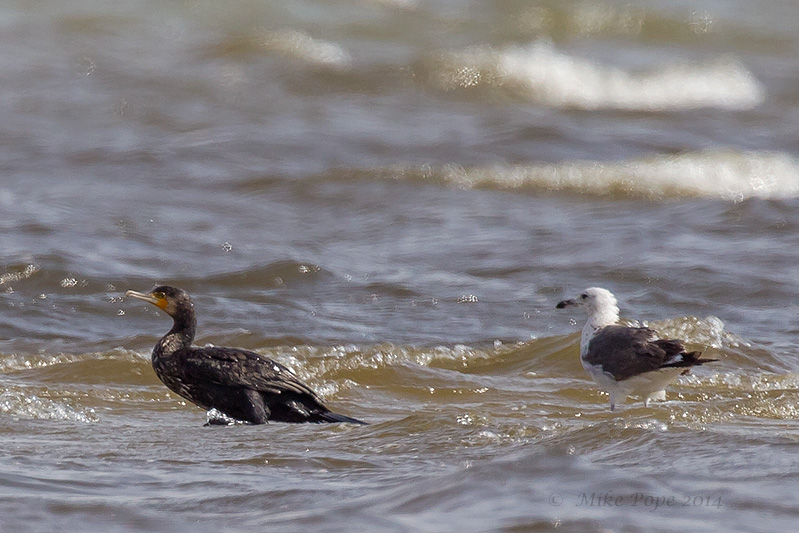I was on a mission to get better photographs of the 3rd Mudskipper species in Kuwait - Slender Mudskipper.
An early start to catch the low tide, meant a fair drive north, then east and north again toward Boubyan Island and stopping on route for a few landscape images
 |
| Camel grazing with a Jal Al Zor backdrop |
 |
| The only switchback road in Kuwait |
 |
| Jal Al Zor |
In this northern area there are also extensive mudflats - but finding a suitable one was a challenge.
Eventually I did find one and after scanning it for some time saw that there was quite a bit of activity on the flats. The problem was that since it was early I would be photographing into the sun - my problem was solved when I found an old slipway, so could get closer to the low tide and photograph back to the beach with the sun behind me. So I plonked myself down on my backside and sat for over an hour enjoying the animated activities of these fascinating amphibious fish. May I present to you, Scartelaos tenuis, who by the way has impressive blue eyes when the catch the light just right!
 |
| Slender Mudskipper (Scartelaos tenuis) |
As with the mudflats in the south, there are some large Crabs that co-exist on the mudflats with the Mudskippers
 |
| Macrophthalmus dentipe |
A quick stop at the smelly outfall in Sulaibikhat produced a single Eurasian Oystercatcher
 |
| Eurasian Oystercatcher (Haematopus ostralegus) |
And a few White-winged Terns foraging over the outfall - I shudder to think what it is they fished out of the outfall to eat, but it must be revolting!
 |
| White-winged Tern |
And a House Crow dropped in, fortunately the number of these Crows have remained low in Kuwait
 |
| House Crow (Corvus splendens) |











































